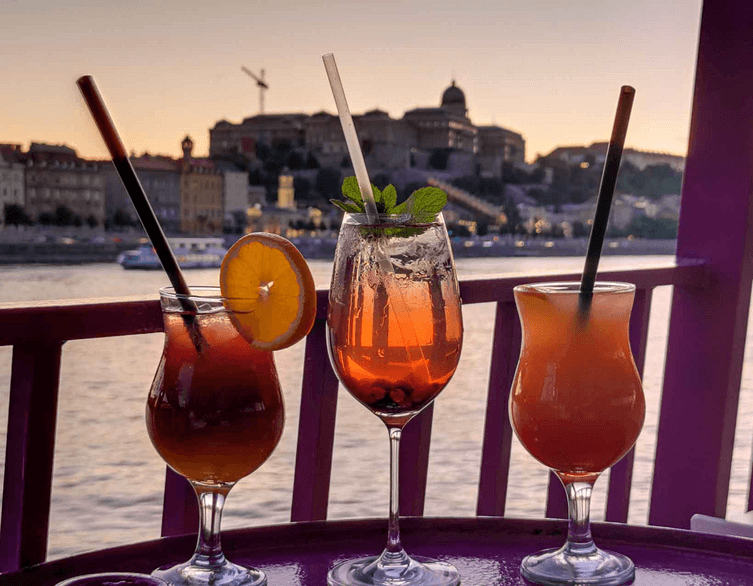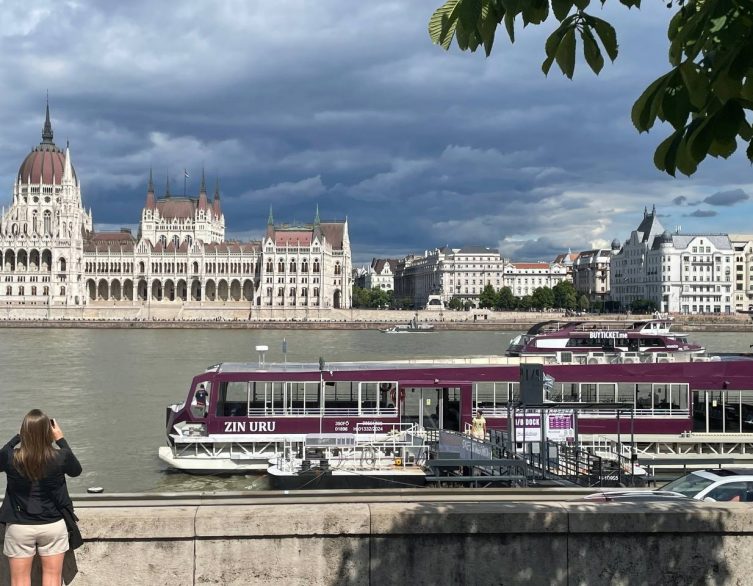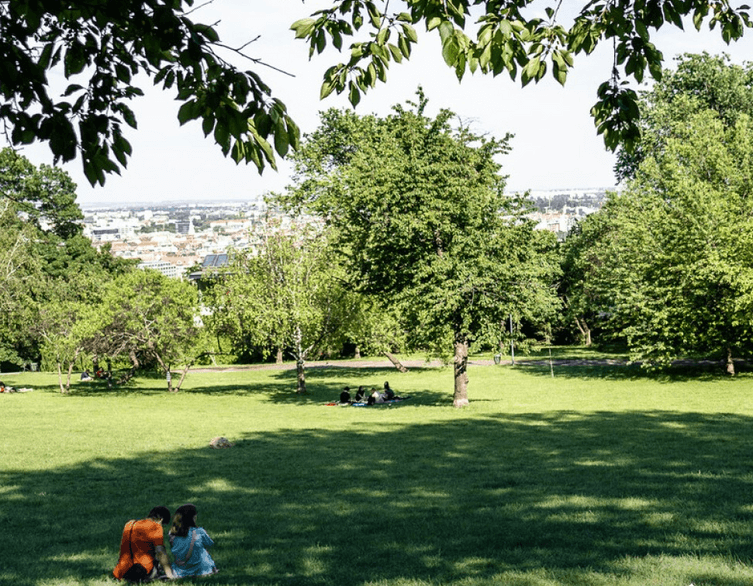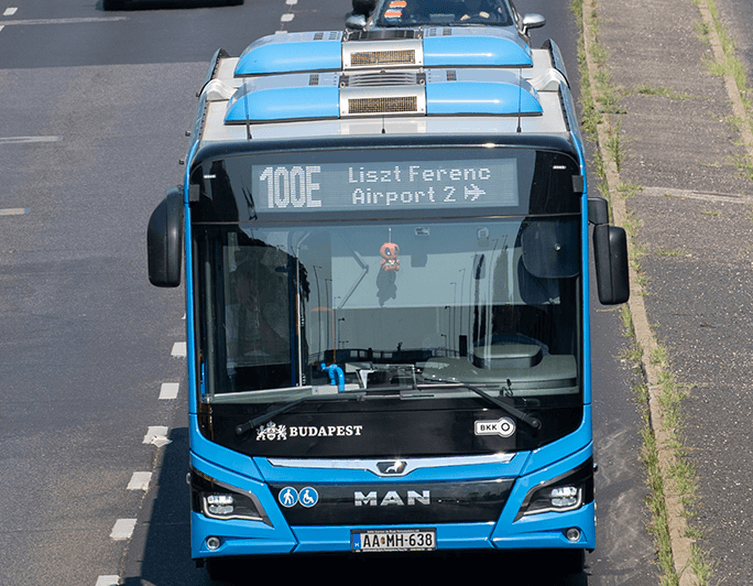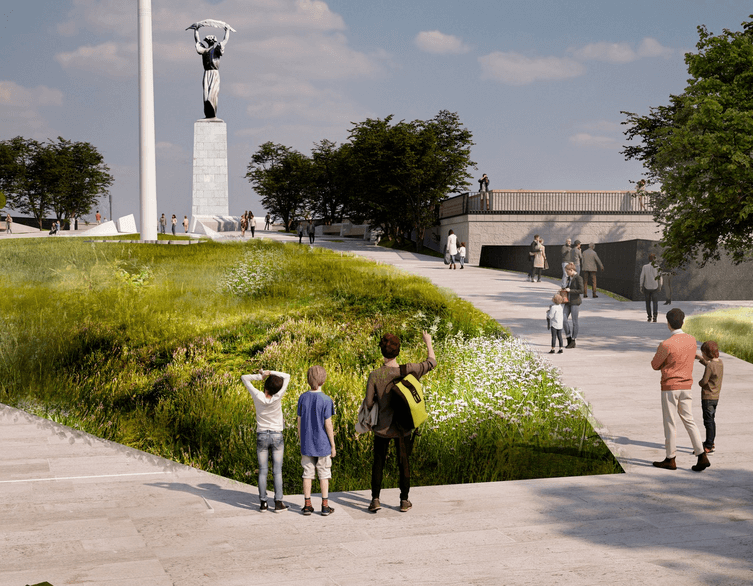Budapest’s AI-Powered Transport Revolution: A Smarter Way to Explore the City

Budapest is transforming into a smarter, greener city right before your eyes, and if you’re planning a visit to Hungary’s stunning capital, you’re in for a treat. The city’s transportation system is getting a major AI-powered makeover that’s making getting around faster, cleaner, and more efficient than ever before.
The AI Revolution Hits Budapest’s Streets
Picture this: you’re standing at a busy intersection in Budapest, watching as traffic flows smoothly through green lights in perfect harmony. What you’re witnessing isn’t just good timing – it’s artificial intelligence at work. The city has partnered with Google on an innovative project called “Green Light” that’s revolutionizing how traffic moves through the Hungarian capital.
This isn’t just some futuristic concept either. Five major intersections across Budapest have already been transformed using Google’s AI technology, and the results are impressive. Waiting times have dropped significantly, carbon emissions have decreased by hundreds of tons annually, and traffic flows more smoothly than ever before. For visitors like you, this means less time stuck in traffic and more time exploring Budapest’s incredible attractions.
How Google’s Green Light Actually Works
The magic happens through a sophisticated system that combines Google Maps data with real-time traffic information from BKK (Budapest’s transport authority). The AI analyzes traffic patterns, identifies bottlenecks, and suggests optimal timing for traffic lights to create those satisfying green waves we all love.
Best deals of Budapest
Here’s what makes it fascinating: the system doesn’t just look at current conditions. It studies historical data, peak hours, and traffic trends to predict the best possible light sequences. Traffic engineers then review these AI-generated recommendations and implement the ones that make sense for each specific intersection.
The process is beautifully systematic. First, current traffic light programs and real traffic data are integrated into the system. Then the AI analyzes trends, rush hours, and congestion patterns. Based on this analysis, it develops recommendations for optimizing green light periods and creating green waves. Finally, these suggestions undergo professional approval before being implemented, followed by continuous monitoring and adjustments.
Why This Matters for Your Budapest Experience
If you’re wondering what all this technical wizardry means for your visit, the benefits are quite tangible. Those notorious stop-and-go traffic situations that plague big cities are particularly harmful to the environment – and frustrating for travelers. Research shows that over 50% of emissions at intersections come from the acceleration that follows each stop.
The AI optimization creates smoother traffic flow, which means cleaner air for everyone and a more pleasant experience whether you’re walking, cycling, or taking public transport around the city. The environmental impact is already measurable, with hundreds of tons of CO₂ emissions reduced annually at just these five intersections.
Public Transport Gets Priority Treatment
Here’s where things get really interesting for visitors: Budapest’s transport authority isn’t using this AI technology primarily to help car traffic. Instead, they’re focusing on making public transportation even better. The goal is to create such an attractive alternative to driving that more people choose buses, trams, and metros over private cars.
This approach means you’ll benefit from more punctual buses and trams, fewer delays, and more reliable schedules. The AI helps optimize routes and timing specifically for public transport, making it the fastest and most convenient way to explore Budapest. Given that Budapest already has one of Europe’s most comprehensive public transport networks, these improvements make it even more tourist-friendly.
What This Means for Your Daily Budapest Adventures
When you’re hopping between Budapest’s famous thermal baths, exploring the stunning Parliament building, or wandering through the historic Castle District, you’ll notice the difference. Public transport runs more smoothly, with better connections and more predictable timing. Even if you occasionally use taxis or ride-sharing services, you’ll benefit from reduced traffic congestion and faster journey times.
The city is essentially becoming more walkable and livable. With less aggressive stop-and-go traffic, the streets feel calmer and more pleasant for pedestrians. The improved air quality makes those long walks along the Danube or through the charming Buda Hills even more enjoyable.
The Future of Getting Around Budapest
This Google partnership represents just the beginning of Budapest’s smart city transformation. The success of these five intersections has proven that AI can significantly improve urban mobility, and plans are already in motion to expand the program.
The vision extends beyond just traffic lights. Future applications might include dynamic route optimization for public transport, real-time passenger information systems, and even smarter bike-sharing programs. The focus remains firmly on sustainable transportation options that benefit both residents and visitors while reducing the city’s environmental footprint.
Making the Most of Budapest’s Smart Transport
As a visitor, you’re arriving at the perfect time to experience this transformation. The improved traffic flow means your airport transfer will likely be smoother, whether you choose the direct 100E bus to the city center or opt for a taxi. Once you’re in the city, the enhanced public transport system makes it easier than ever to reach every corner of Budapest efficiently.
The monthly Budapest pass remains an excellent value at 8,950 HUF, giving you unlimited access to the entire network. With AI optimization making services more reliable and punctual, that pass becomes an even better investment for your stay.
Budapest’s embrace of artificial intelligence in transportation isn’t just about technology for technology’s sake. It’s about creating a more sustainable, efficient, and enjoyable city for everyone who visits or calls it home. As you explore this magnificent city, you’ll be experiencing firsthand how smart technology can enhance rather than complicate urban life. The result is a Budapest that’s not just historically rich and culturally vibrant, but also forward-thinking and environmentally conscious – exactly the kind of destination that modern travelers are looking for.
Related news














